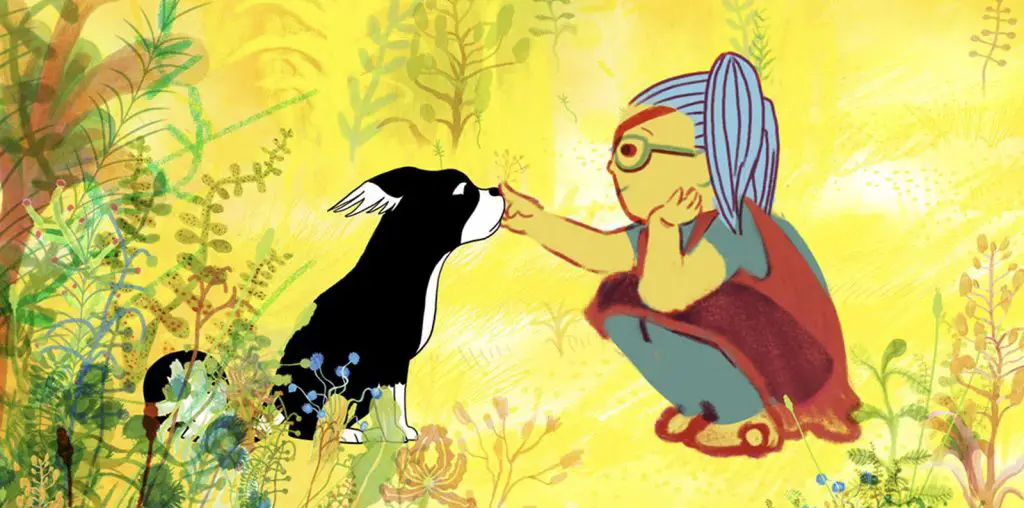
Where did the idea of Standing by Yourself originate? And how did Adam and Josh feel about having you tail them all the time with a camera? ^ Well, what I originally intended was very far from what I ended up with. The first 20 minutes of the piece is closer to this original idea. It was more about being young and angry, and in this I was reliving my youth a bit. I mean, I grew up just like Adam and had some of the same problems as the boys when I was their age. It was knowing that these kids were hard on the outside, but that they really did have something else to say… this is what made me want to shoot. Of course, as the piece grew and developed it moved into other levels.
Standing by Yourself was originally supposed to be a 20 minute film, but then it was expanded to almost an hour’s length. Why did you decide to keep shooting? ^ I mainly decided to keep shooting because I felt the kids weren’t really being properly represented in the first 20 minute version. People saw them as faceless, rage filled kids and I had to keep telling them: “No, there’s a lot more to them, they’re actually good kids, just confused and maybe a little lost.” I think that this point of view is seen as the piece moves past the first section, and into the rest of the work. ^ An important element was that I began to film more of the people surrounding them, their pains and struggles. These feelings of confusion and isolation that never really leave you, they just change sometimes. I feel that the first section of the film is absolutely essential, people need to see that hard faceless side before they learn more about them as people, and find that maybe their first judgments may have been too hasty.
One of the most shattering and hypnotic sequences in the film is when Adam, Josh and a third boy were hopelessly stoned in the back of a car. In their drugged state, the trio were babbling incoherently and flailing about spastically, and the green-hued infrared videography made them look like bizarre creatures. What were you thinking when filming these three boys in their narcotized state? ^ It’s hard to tell exactly what I was feeling at that time. My attitude toward the piece often changed before and after filming. I do remember being somewhat worried since they were always being followed, so I in turn was being followed too. I’m not sure how the police would take to me filming three drugged-up, under-aged kids in the back of my car.
Towards the end of the film, your mother looks beyond the camera to you and openly berates you for not being a better influence on Adam. After that dressing down, you appear on camera with a blank, emotionless expression. Why did you decide to come on camera in such a stoic and enigmatic fashion? ^ I felt that these Black and White cutaways (stoic shots of myself and the people featured in the film) helped bring the film to another level. You see what you want to in our faces. This was the time that I needed to be fully introduced in the film. There are clear traces of me within the piece, but this is the moment that I question my own role as a filmmaker, brother, or friend. Which is why the segment ends with a close-up of Josh Siegfried. I’m not only an influence on my brother, but on him as well. The next segment shows Josh at an extreme state of drug and alcohol excess and although I do intervene a bit by asking him if he’s been doing more drugs, I never really step in. Even though it’s obvious to everyone around that he’s lying. I guess it’s this regret, stacked with many others that made me make this decision. ^ As the filming progressed over that year, I began to care about them as friends. I wanted them to be well, and just think about what they were doing sometimes. In the beginning, I had promised myself that I wouldn’t step in, but that sort of thing becomes impossible after time. They weren’t just these lost kids anymore, they were my friends and I cared about them. That was an important change for me.
Get the rest of the interview in part three of JOSH KOURY STANDS AND DELIVERS>>>
